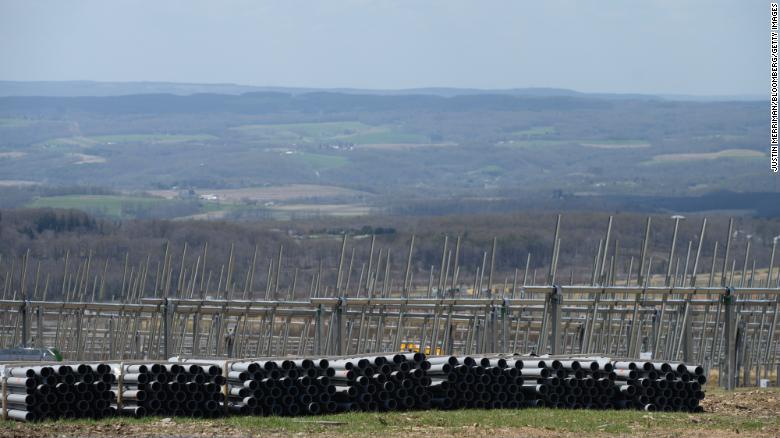88 percent decline of big freshwater animals over 40-year period – “The results are alarming and confirm the fears of scientists involved in studying and protecting freshwater biodiversity”
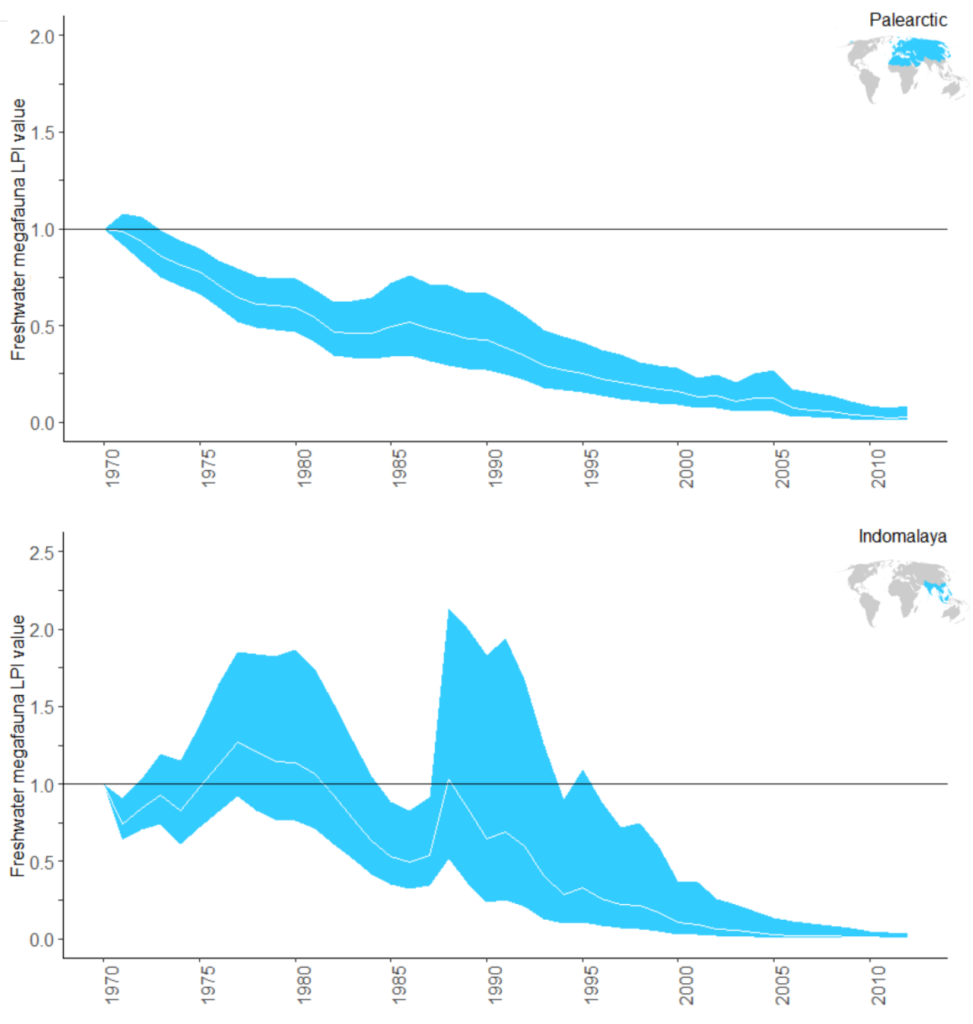
By Nadja Neumann
8 August 2019
(IGB) – Rivers and lakes cover just about one percent of Earth’s surface, but are home to one third of all vertebrate species worldwide. At the same time, freshwater life is highly threatened. Scientists from the Leibniz-Institute of Freshwater Ecology and Inland Fisheries (IGB) and international colleagues have now quantified the global decline of big freshwater animals: From 1970 to 2012, global populations of freshwater megafauna declined by 88 percent – twice the loss of vertebrate populations on land or in the ocean. Large fish species are particularly affected. And yet there remain large gaps in monitoring and conservation actions for freshwater megafauna, particularly in areas with high levels of biodiversity.
Freshwater megafauna include all freshwater animals that weigh 30 kilograms or more, such as species of river dolphins, beavers, crocodiles, giant turtles and sturgeons. The scientists compiled available time series data for 126 freshwater megafauna species worldwide, as well as the historical and contemporary geographic distribution data of 44 species in Europe and the USA.
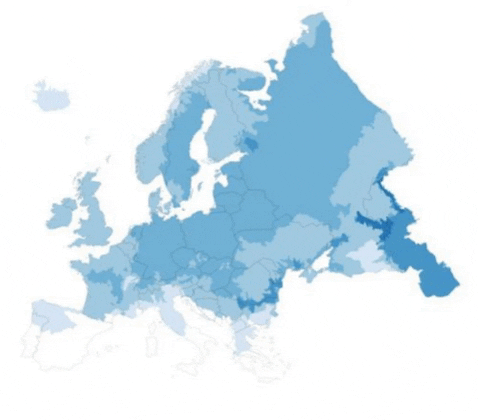
Two main threats: overexploitation and loss of free-flowing rivers
“The results are alarming and confirm the fears of scientists involved in studying and protecting freshwater biodiversity,” says Sonja Jähnig, senior author of the study and expert for global change effects on river ecosystems at IGB. From 1970 to 2012, global populations of freshwater megafauna declined by 88 percent, most notably in the Indomalaya (by 99 percent) and Palearctic (by 97 percent) realms – the former covering South and Southeast Asia and southern China, and the latter covering Europe, North Africa and most of Asia. Large fish species such as sturgeons, salmonids and giant catfishes are particularly threatened: with a 94 percent decline, followed by reptiles with 72 percent.
Overexploitation is the primary threat to freshwater megafauna as they are often targeted for meat, skin and eggs. “Furthermore, the decline of large fish species is also attributed to the loss of free-flowing rivers as access to spawning and feeding grounds are often blocked by dams. Although the world’s large rivers have already been highly fragmented, another 3700 large dams are planned or under construction – this will exacerbate the river fragmentation even further. More than 800 of these planned dams are located in diversity hotspots of freshwater megafauna, including Amazon, Congo, Mekong and Ganges river basins,” says Fengzhi He, first author of the study and expert for diversity patterns and conservation of freshwater megafauna at IGB.
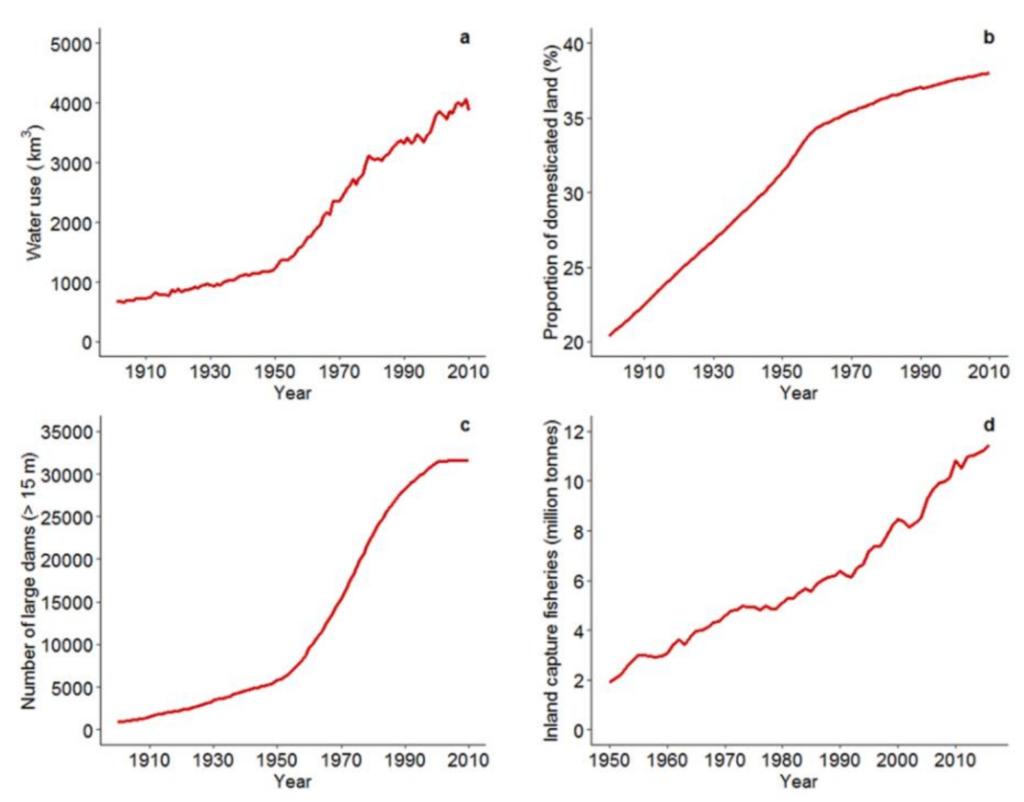
Successful conservation: sturgeons, beavers and the Irrawaddy river dolphin
Thanks to targeted conservation actions, populations of 13 megafauna species including the green sturgeon (Acipenser medirostris) and the American beaver (Castor canadensis) have been stable or even increasing in the USA. In Asia, the population of the Irrawaddy river dolphin (Orcaella brevirostris) in the Mekong basin has increased for the first time in twenty years. In Europe, efficient and large-scale conservation strategies seem to be more difficult to implement, arguably due to politic boarders and differences in environmental awareness among countries. Nevertheless, the Eurasian beaver (Castor fiber), for example, has now been reintroduced to many regions where it was extirpated. In Germany, IGB is working with international partners to reintroduce the two formerly native sturgeon species European sturgeon (Acipenser sturio) and Atlantic sturgeon (Acipenser oxyrinchus) to European waters.

Room for improvement: monitoring and conservation of freshwater biodiversity
Despite that freshwater megafauna are highly threatened, current conservation actions are inadequate for many species. “According to the International Union for Conservation of Nature’s Red List of Threatened Species, over half of all assessed freshwater megafauna species are considered as threatened with extinction. Nonetheless, they receive less research and conservation attention than megafauna in terrestrial or marine ecosystems,” reminds Jähnig. The now quantified global decline of freshwater megafauna highlights the urgent need for conservation actions for freshwater biodiversity. It is important to improve the monitoring of population trends and distributions of freshwater species in regions such as Southeast Asia, Africa and South America. After all, changes in abundance and distribution are better indicators of the condition of ecosystems and their living organisms than the extinction of species.
Read the study in Global Change Biology >
He F, Zarfl C, Bremerich V, David JNW, Hogan Z, Kalinkat G, Tockner K & Jähnig SC (2019) The global decline in freshwater megafauna populations. Global Change Biology. DOI: 10.1111/gcb.14753
88 Percent Decline of Big Freshwater Animals
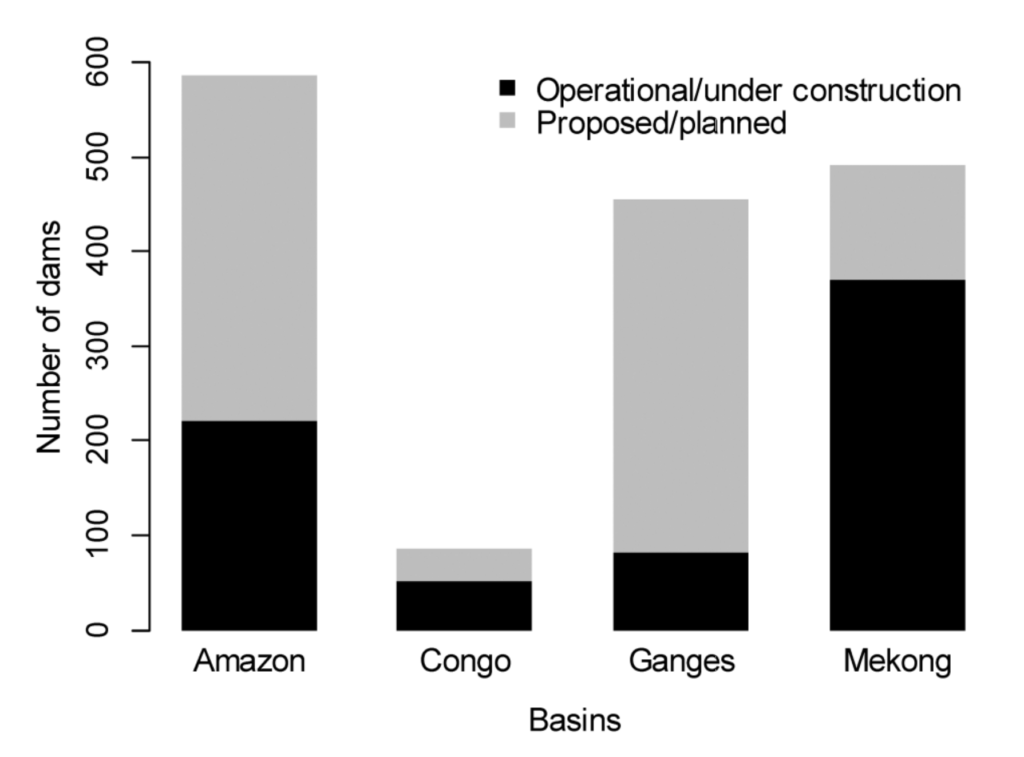
The global decline of freshwater megafauna
ABSTRACT: Freshwater ecosystems are among the most diverse and dynamic ecosystems on Earth. At the same time, they are among the most threatened ecosystems but remain underrepresented in biodiversity research and conservation efforts. The rate of decline of vertebrate populations is much higher in freshwaters than in terrestrial or marine realms. Freshwater megafauna (i.e., freshwater animals that can reach a body mass ≥30 kg) are intrinsically prone to extinction due to their large body size, complex habitat requirements and slow life‐history strategies such as long life span and late maturity. However, population trends and distribution changes of freshwater megafauna, at continental or global scales, remain unclear. In the present study, we compiled population data of 126 freshwater megafauna species globally from the Living Planet Database and available literature, and distribution data of 44 species inhabiting Europe and the United States from literature and databases of the International Union for Conservation of Nature and NatureServe. We quantified changes in population abundance and distribution range of freshwater megafauna species. Globally, freshwater megafauna populations declined by 88% from 1970 to 2012, with the highest declines in the Indomalaya and Palearctic realms (−99% and −97%, respectively). Among taxonomic groups, mega‐fishes exhibited the greatest global decline (−94%). In addition, freshwater megafauna experienced major range contractions. For example, distribution ranges of 42% of all freshwater megafauna species in Europe contracted by more than 40% of historical areas. We highlight the various sources of uncertainty in tracking changes in populations and distributions of freshwater megafauna, such as the lack of monitoring data and taxonomic and spatial biases. The detected trends emphasize the critical plight of freshwater megafauna globally and highlight the broader need for concerted, targeted and timely conservation of freshwater biodiversity.
